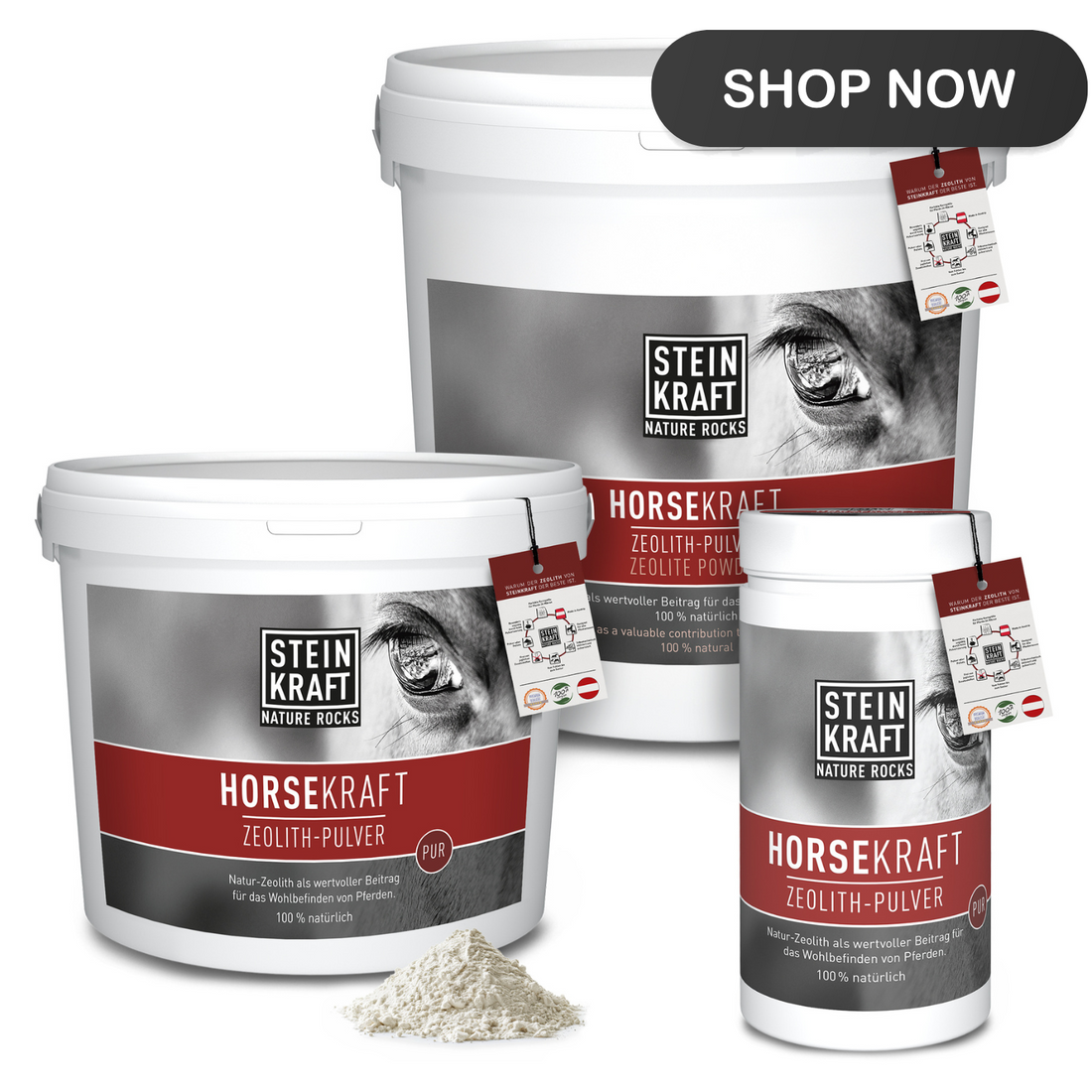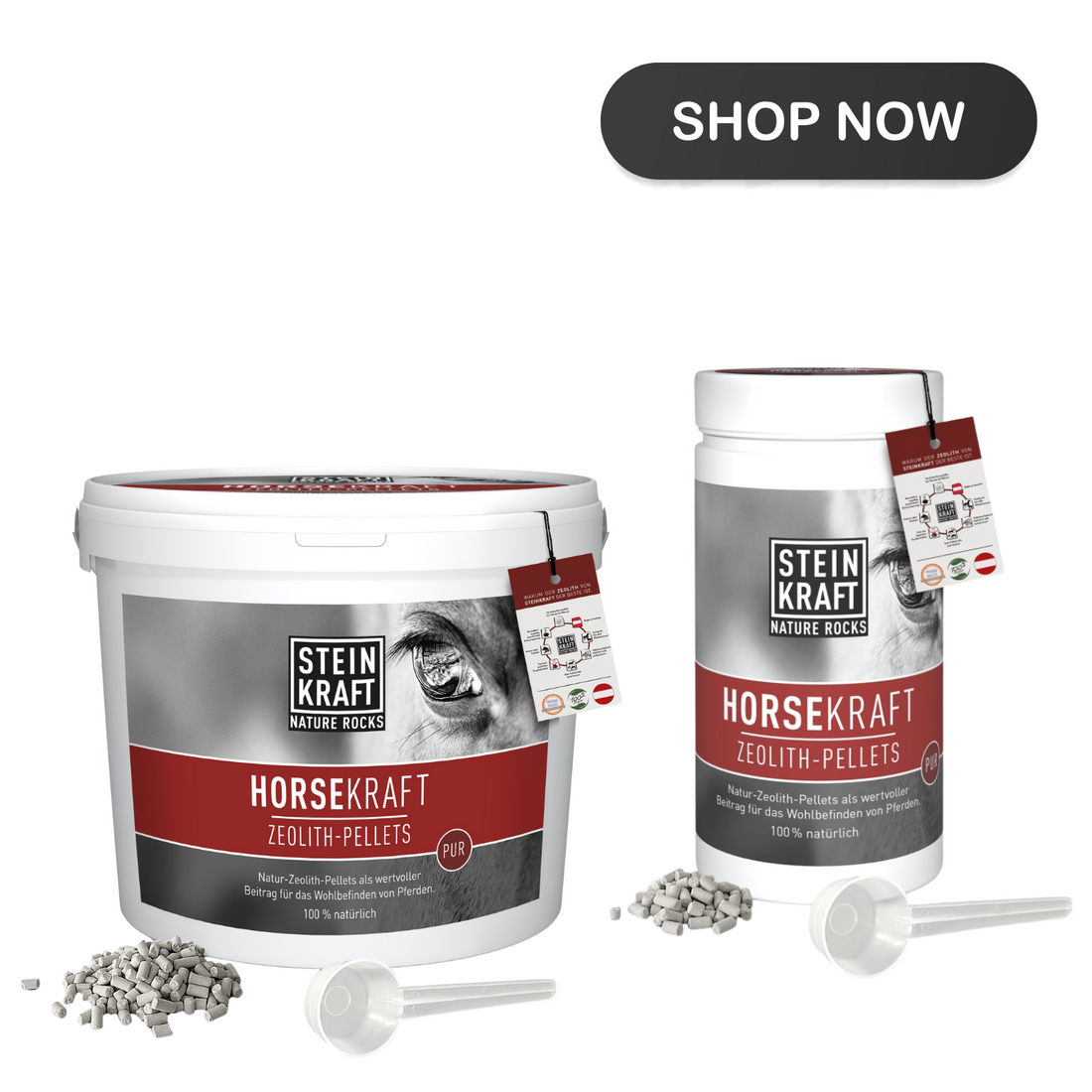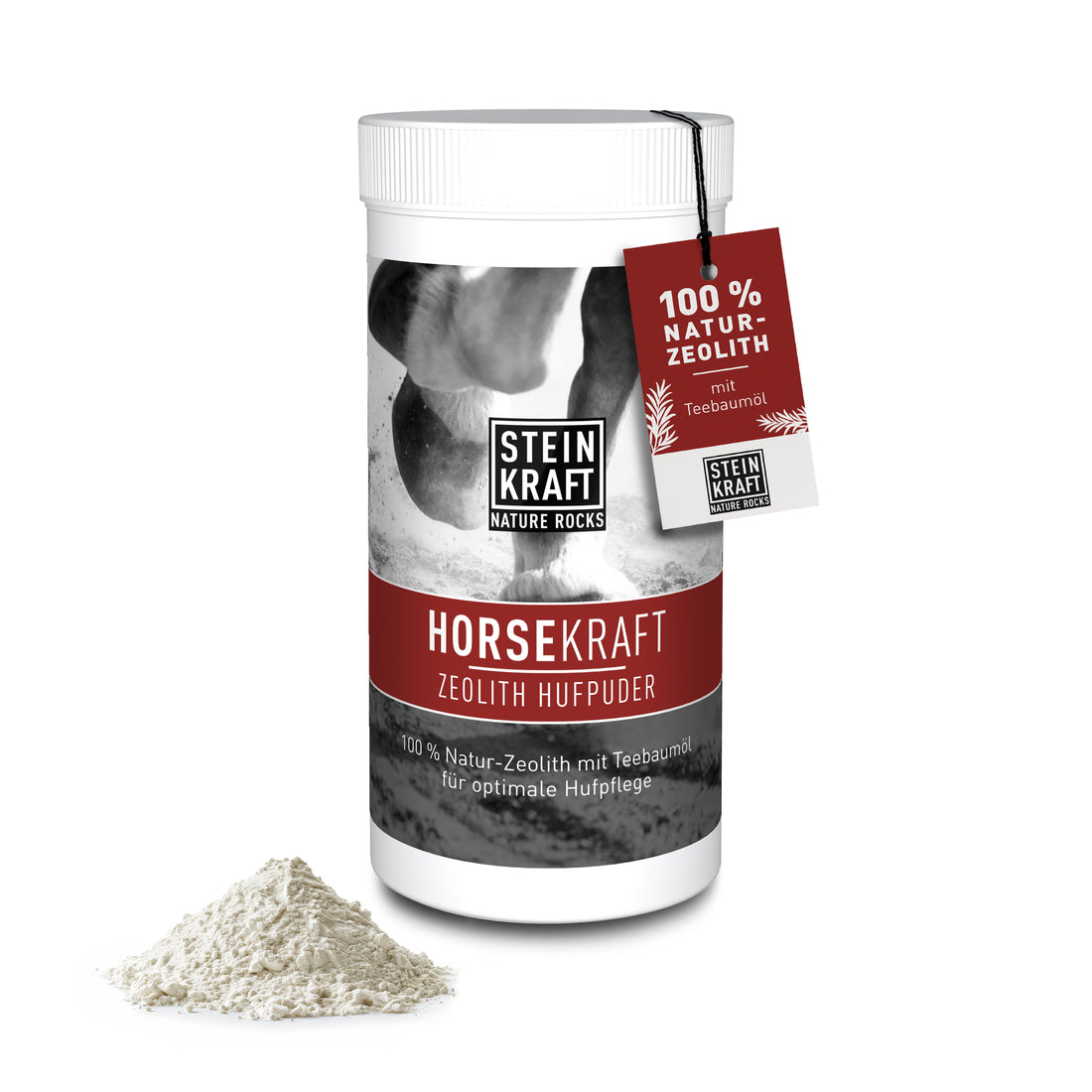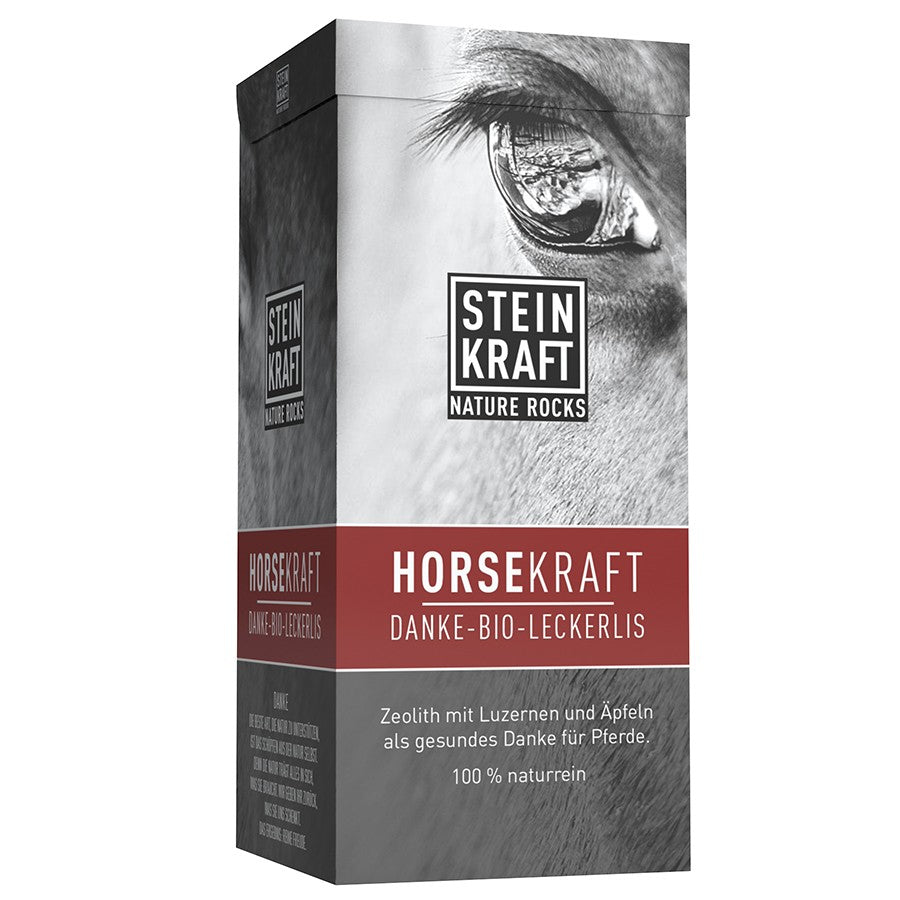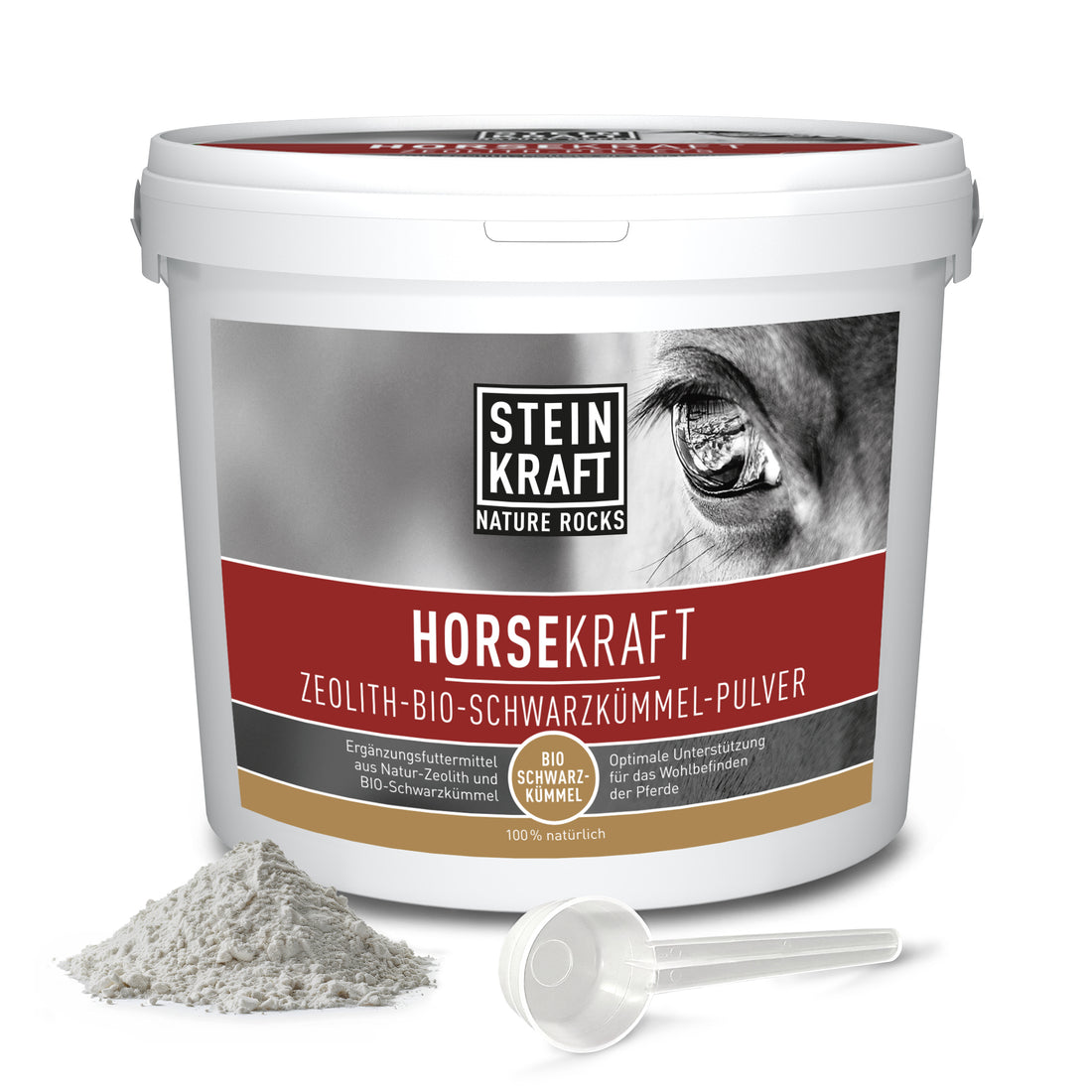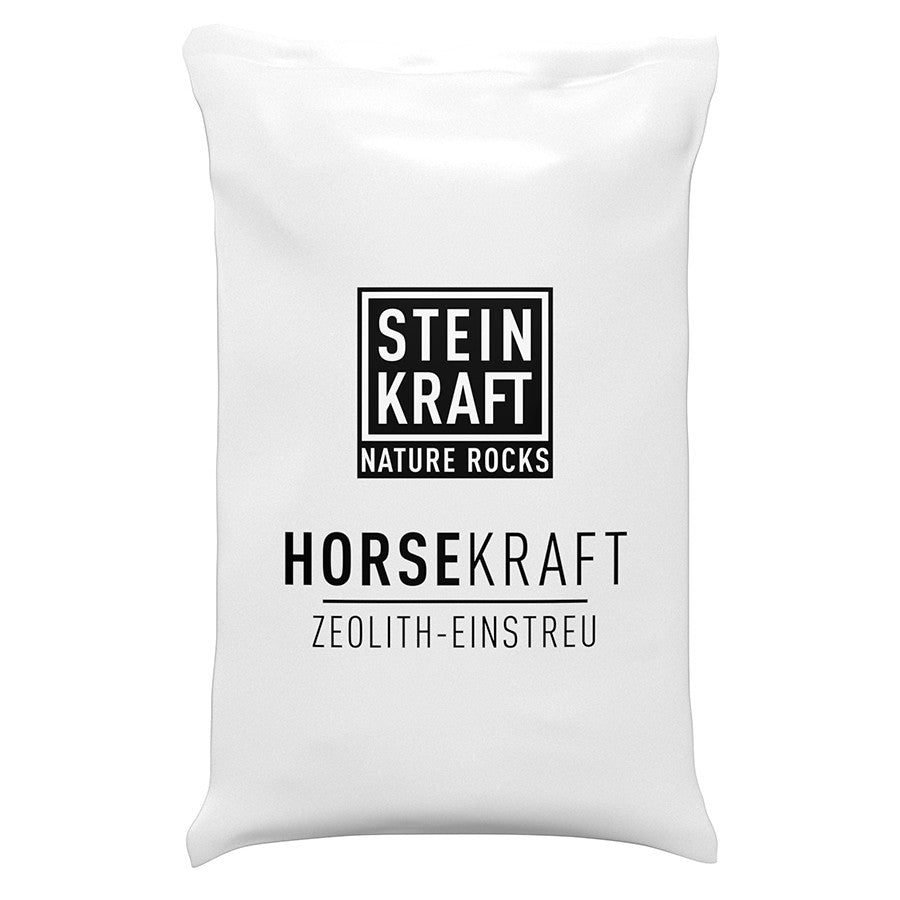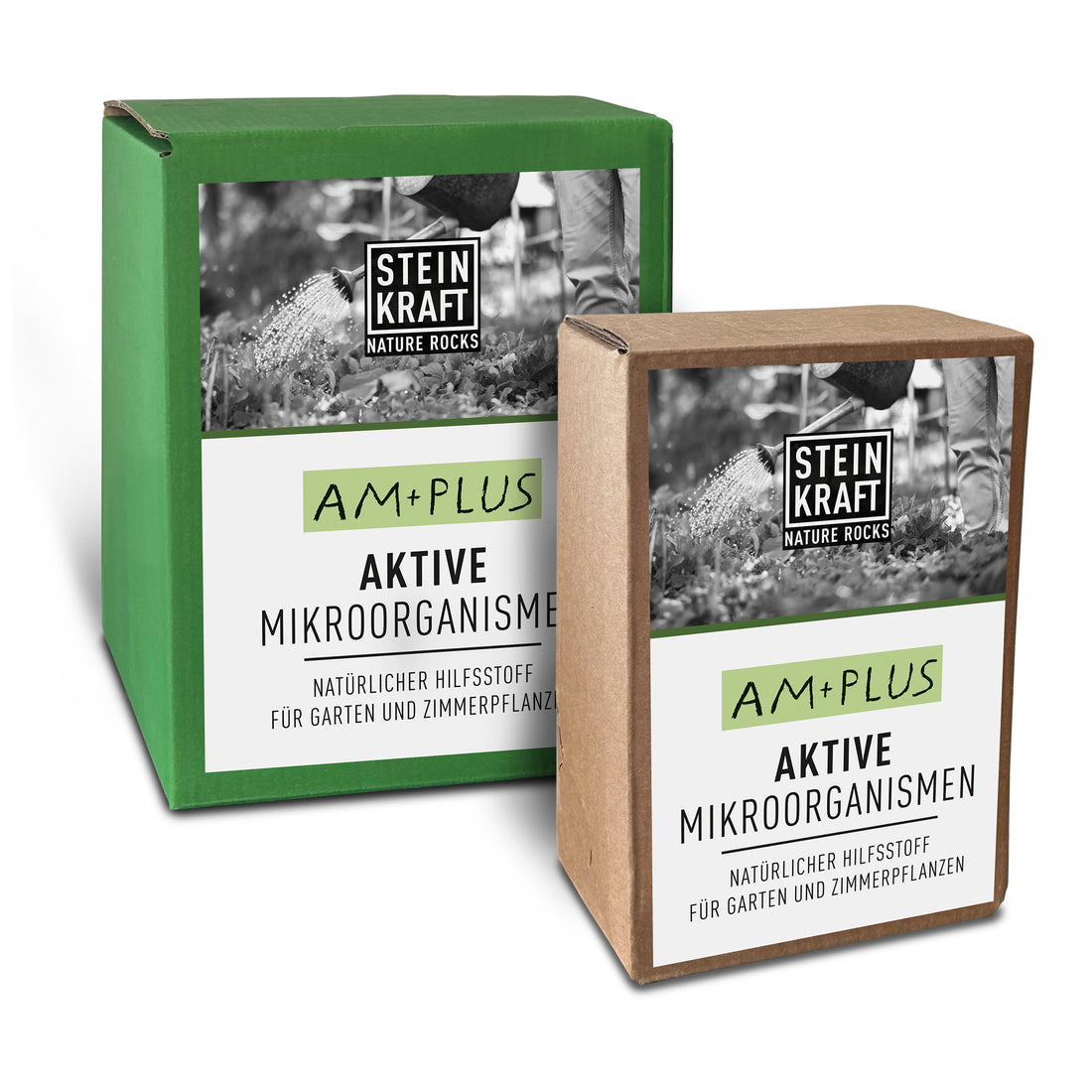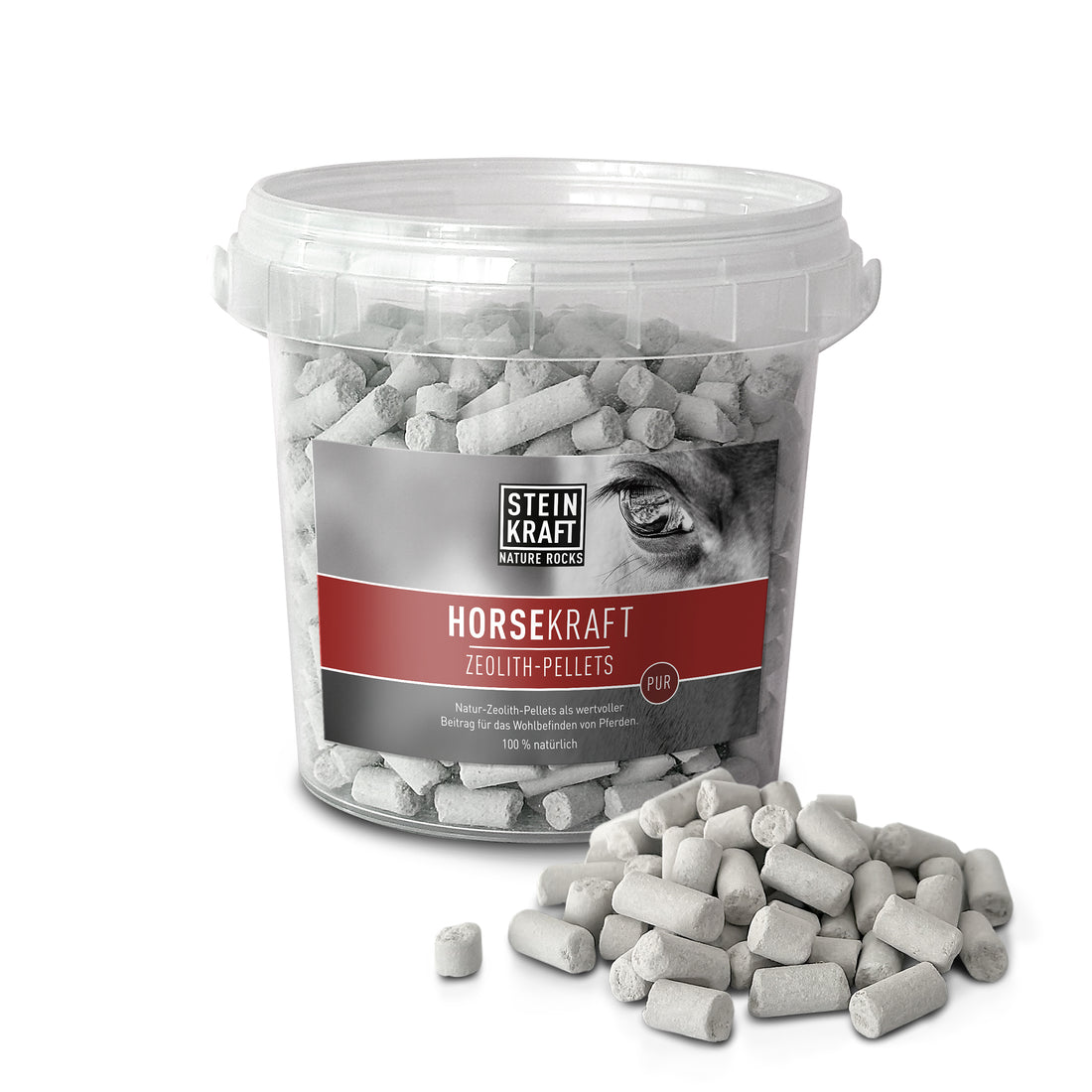What is thrush in horses?
Who hasn't experienced this? The snow has already melted, and the horses are returning to the paddock after a long stable season. Or they're already standing in muddy meadows because the ground has thawed again. You often hear from stablemates: My horse can't stand in the mud, otherwise it will get thrush.
What is often forgotten is that it is not mud alone that is to blame for thrush, but rather standing on damp ground for too long.
“ Thrush is the decomposition and gradual transformation of the thrush into a slimy, foul-smelling, discolored mass caused by putrefactive organisms.”
(Definition from “The Hoof” by F.-L. Litzke)
How do you recognize thrush?
Thrush is recognized by deep furrows and the foul odor released when the hoof is picked. It is caused by putrefactive bacteria that are found everywhere in the soil and penetrate small injuries in the frog horn.
In the absence of air, they then lead to decomposition of the frog and, in the worst case, inflammation of the pads and the hoof capsule. Many horses seem to be affected by this, especially in spring.
What is the main cause of thrush?
-
In our opinion, a weakened immune system and a suboptimal metabolism must be seen as the main cause.
-
Consequently, several factors that come together in winter favor thrush: With little exercise and long periods of standing in the box, self-cleaning is limited by the barely functioning hoof mechanism.
- In addition, ammonia from urine accumulates in wet bedding and on wet ground in the paddock. This acts as a lye, attacking the frog and providing additional space for bacteria. If the horse's hooves become filled with dirt, air can no longer reach the frog, and putrefactive bacteria have the ideal environment to decompose the frog.
There are many different remedies on the market, some of which are based on strong chemical products, that are supposed to combat thrush.
How can we prevent thrush?
It is worth paying attention to certain everyday aspects of posture:
- Dry, ammonia-free stables,
- mucked-out paddocks and
- Daily hoof care is essential to prevent thrush.
- If thrush does occur, it is recommended that the hoof carer/farrier thoroughly trim away all rotten areas on the frog.
- Daily rinsing with water doesn't harm the hoof. It washes away the decay pathogens and ammonia.
- Afterwards, the hooves should be allowed to dry thoroughly and not greased, as otherwise the oxygen will not penetrate to the deepest areas.
- Of course, the horses should go out to the paddock every day, despite the mud. But perhaps a groom or stablemate can quickly clean their hooves if you can't do it yourself.
In this video, hoof orthopedist Armin Eberle treats a hoof with thrush. After carefully trimming the area, he applies STEINKRAFT's zeolite hoof powder.
"The effectiveness of the hoof powder is further enhanced by the addition of zeolite. I often find that many horse owners aren't even aware that you can tell by looking at the hooves when something is wrong with the acid-base balance. And I recommend zeolite as a bedding as a preventative measure anyway."
Recommendation of hoof expert Martina Wimmer from Kitzbühel
Home remedies for treating thrush:
1. Vinegar solution:
- What it does: Vinegar has antibacterial and disinfectant properties.
- Application: Mix apple cider vinegar or regular household vinegar with water in a 1:1 ratio. Clean the affected hoof areas daily with the solution. This helps regulate the environment in the hoof and inhibit bacterial growth.
2. Saline solution:
- What it does: Salt has an antibacterial and drying effect.
- Application: A saline solution can be easily prepared at home by dissolving one tablespoon of salt in one liter of warm water. Rinse the hoof thoroughly and apply the solution to the affected areas.
3. Tea tree oil:
- What it does: Tea tree oil has powerful antiseptic, antibacterial, and fungicidal properties.
- Application: A few drops of tea tree oil can be gently applied to the affected areas using a cotton pad or a clean cloth. For deeper thrush, the tea tree oil should be slightly diluted (e.g., with water or a base oil such as olive oil) to avoid irritation.
TIP: Mix a few drops of tea tree oil with fine zeolite powder. This way, you're applying two active ingredients at once. This combination has been most effective for us.
4. Betaisodona (iodine solution):
- What it does: Betaisodona has a strong disinfectant and antiseptic effect.
- Application: Carefully apply the iodine solution to the affected areas. Since iodine also has a strong drying effect, it should be used sparingly and only in consultation with a veterinarian.
5. Sugar-iodine paste:
- What it does: Sugar is hygroscopic, meaning it draws moisture away from bacteria, while iodine has a disinfectant effect.
- Application: Mix 3 parts sugar with 1 part iodine to form a paste. Apply this to the affected area and dry out the thrush. This paste can be applied up to twice daily.
6. Coconut oil:
- What it does: Coconut oil has an antibacterial and moisturizing effect and protects the affected area from the penetration of further bacteria.
- Application: Apply a thin layer of coconut oil to the cleaned hoof. The oil keeps the affected area supple and protects it from drying out.
7. Garlic paste:
- What it does: Garlic has antibacterial, antiviral and fungicidal properties.
- Application: Crush a few garlic cloves into a paste and apply it to the affected areas. Leave the paste on for a few minutes, then thoroughly clean the hooves.
8. Zinc oxide ointment:
- What it does: Zinc has a disinfecting and healing effect.
- Application: Apply the ointment to the affected areas to promote healing and protect the horn from external influences.
9. Toothpaste:
- What it does: Toothpaste often contains antibacterial ingredients, which can also help combat thrush. The paste also has a slightly abrasive effect that cleans and dries the hoof horn.
- Application: Apply a small amount of toothpaste (preferably one without additives such as fluoride) to the affected areas and massage in. Rinse thoroughly after a few minutes. Toothpaste is particularly effective for superficial thrush and as an additional measure for hoof cleaning.
10. Zeolite:
- What it does: Zeolite is a natural volcanic mineral that, thanks to its high absorbency, binds excess moisture and harmful substances from the hoof. It also has antibacterial properties and promotes healing.
- Application: Zeolite powder can be sprinkled directly onto the affected areas after cleaning. It helps keep the hoof dry and supports horn regeneration. For deeper cracks and crevices, zeolite can be gently applied to the affected areas using a cotton swab or wooden stick.
Tips for use:
Regular cleaning: Before using any home remedy, the hooves should be thoroughly cleaned to remove dirt and bacteria.
Clean environment: A clean and dry environment is important to prevent bacteria from re-entering the hoof.
Professional monitoring: Regular check-ups by a farrier, naturopath, or veterinarian are necessary to monitor progress and adjust treatment if necessary.
Tips from hoof orthopedists:
Thrush is a disease of the hoof caused by putrefactive bacteria.
To prevent thrush or during treatment, it is important to avoid all factors that promote rot.
The hoof orthopedist Armin Eberle from Switzerland therefore recommends:
1. Keeping your horse clean is very important. The stable should be mucked out regularly. Good results can also be achieved with high-quality, dry bedding .
2. If thrush has already broken out, the frog should be cleaned and zeolite hoof powder applied (possibly in combination with gauze). This should be repeated daily.
3. Sometimes horses are so acidic (e.g., due to taking medication) that their intestines can no longer cope. In these cases, the skin helps, and the toxins are expelled through the hooves. This can support the intestines in detoxification.
4. Any measures that strengthen the animal's immune system can help.
5. A bath can be treated with a zeolite additive. Even for leg swelling (the cause of which always lies within the body), zeolite ointment or a zeolite mask, or a bath with zeolite additive, can be used.











